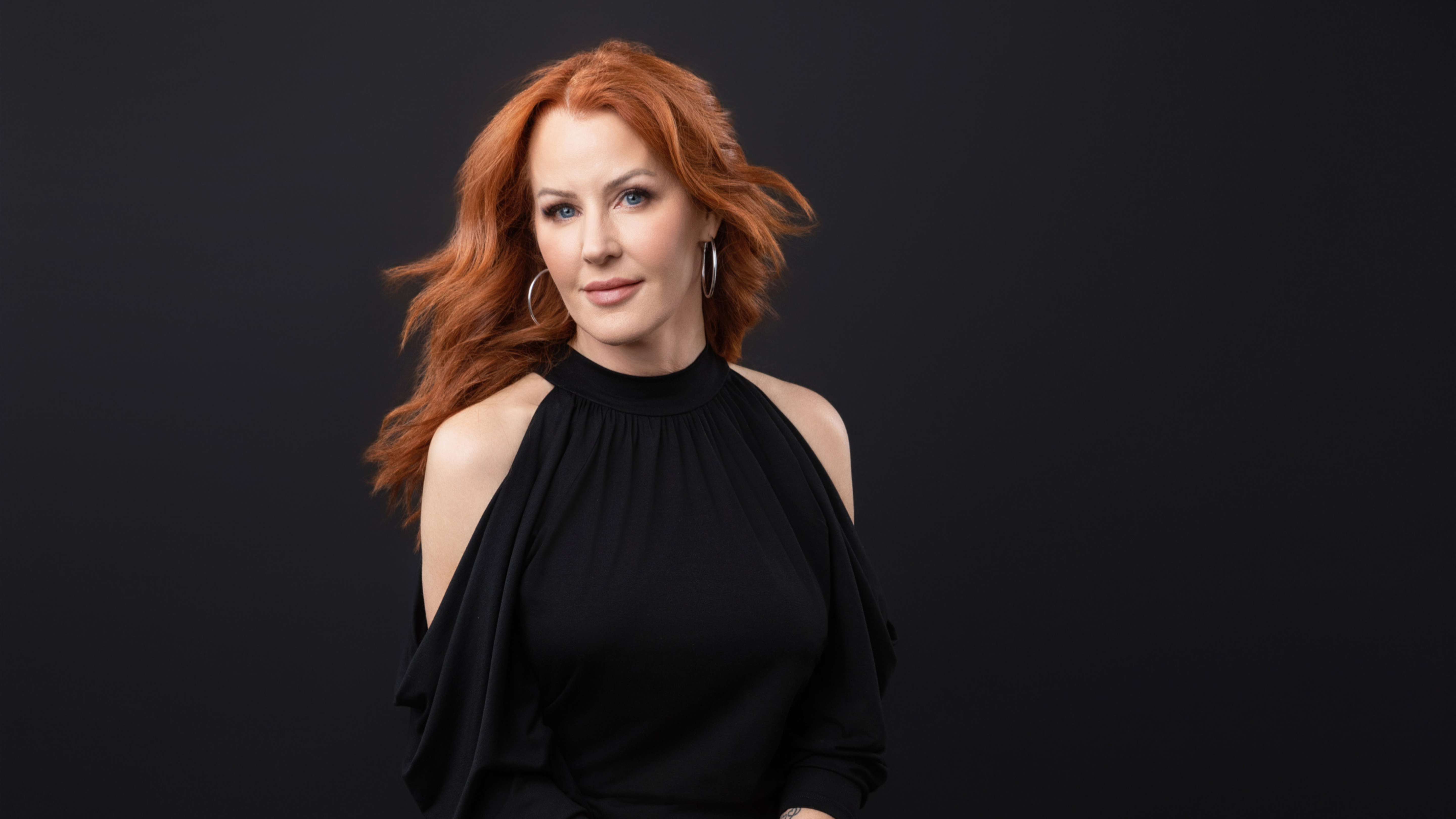Colors play a crucial role in how we perceive the world—and ourselves. In fashion, the colors you choose can communicate your personality, influence others’ perceptions of you, and even affect your mood. Whether you’re dressing for an important meeting, a casual outing, or a date night, understanding the psychology behind colors can help you craft outfits that not only look good but also send the right message.
The Science of Color Psychology
Color psychology is the study of how colors affect human behavior and emotions. Research shows that different colors evoke distinct responses. For instance, warm colors like red and yellow tend to stimulate energy and excitement, while cool colors like blue and green are associated with calmness and relaxation.
What Different Colors Say About You:
Power, Passion, and Confidence
Red is often linked to energy, action, and assertiveness. Wearing red can convey confidence, passion, and determination, making it an excellent choice when you want to make a strong first impression or feel bold. For those in business, a red blazer or accessory can assert leadership without saying a word.
Elegance, Authority, and Mystery
A timeless staple, black symbolizes sophistication and strength. It’s versatile and sleek, giving off an air of authority and refinement. Black can also be seen as mysterious, which is why it’s favored for high-profile events or when you want to make a statement without being overly loud.
Purity, Simplicity, and Freshness
White exudes cleanliness, simplicity, and modernity. Wearing white can make you feel fresh and open, ideal for settings where you want to appear organized and clear-headed. A crisp white shirt, for instance, is perfect for important meetings or interviews.
Blue: Trust, Calmness, and Reliability
Blue is a calming and trustworthy color. It is often associated with professionalism and reliability, which is why many business professionals favor navy or royal blue. Wearing blue to a meeting or networking event can inspire trust and suggest a composed, stable demeanor.
Green: Harmony, Growth, and Balance
Green is connected to nature, growth, and balance. Wearing green may evoke feelings of tranquility, making it a great choice when you want to appear calm, approachable, or grounded. It also has an association with wealth, which can give a subtle nod to success.
Yellow: Optimism, Creativity, and Happiness
Yellow is the color of sunshine, evoking warmth and positivity. If you want to appear approachable, energetic, or creative, adding yellow to your wardrobe can bring out those qualities. Be mindful, though—too much yellow can overwhelm, so use it strategically in accessories or accents.
Purple: Luxury, Creativity, and Wisdom
Historically, purple has been associated with royalty and luxury. It can make you feel creative and wise, offering a sense of uniqueness and refinement. Wearing a deep shade of purple can give your outfit a regal touch, especially for special occasions.
How to Use Color in Your Wardrobe:
Mix and Match: You don’t have to commit to one color. Experiment with combinations like red and black for a powerful yet elegant look, or white and blue for a fresh, professional vibe.
Choose Colors for the Occasion: While black might be perfect for a formal event, a pop of yellow or green can be great for a creative or social gathering. Adapt your palette to suit the context.
Use Accessories to Play with Color: If wearing bold colors feels intimidating, start with accessories. A red bag, blue shoes, or a green scarf can add personality to an otherwise neutral outfit.
The colors you wear can make a statement without you saying a word. By understanding the psychological impact of colors, you can craft outfits that not only enhance your style but also send the right message, whether you’re stepping into a business meeting, going on a first date, or attending a social event. Next time you open your wardrobe, consider what you want your colors to say about you.
By Julia Belian








FOLLOW ME
Connect with me
Let's Connect!